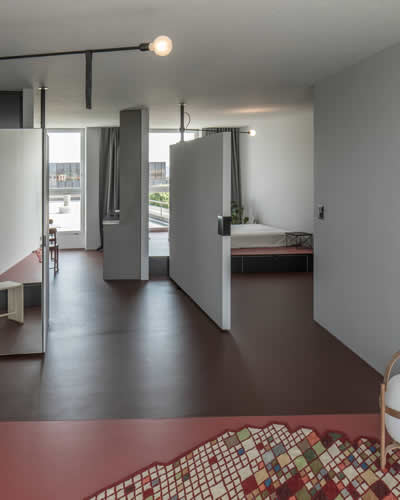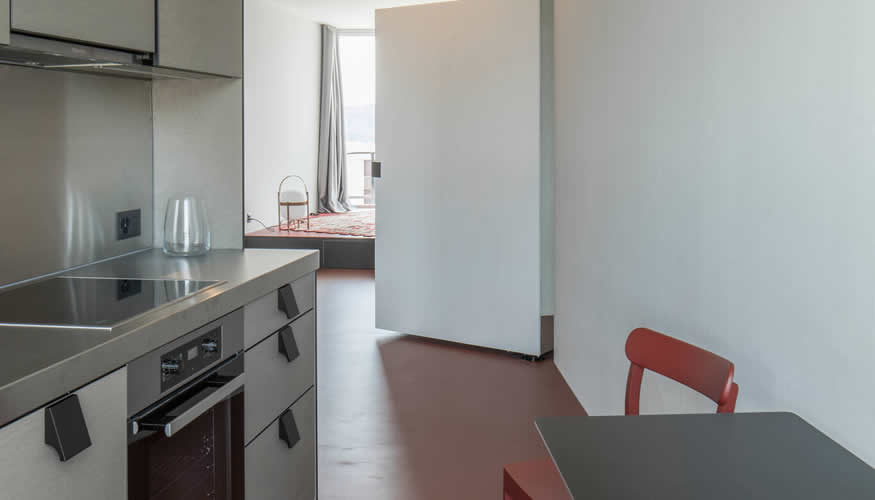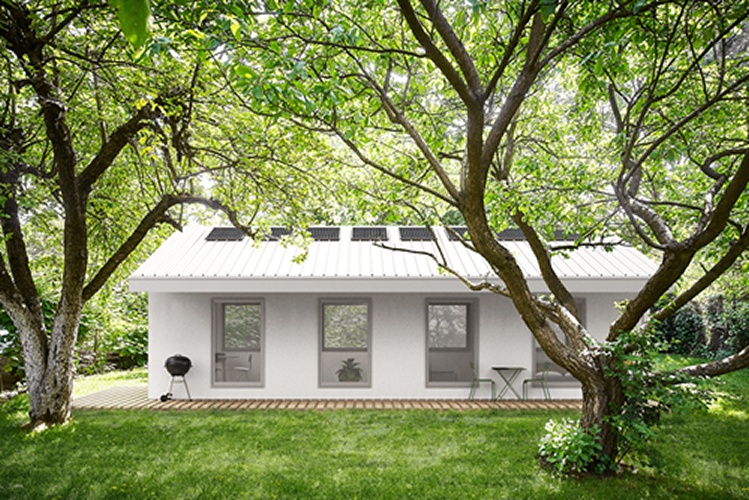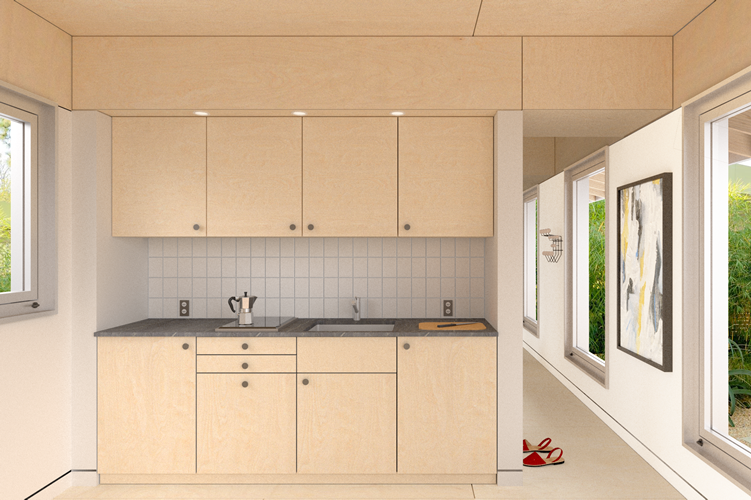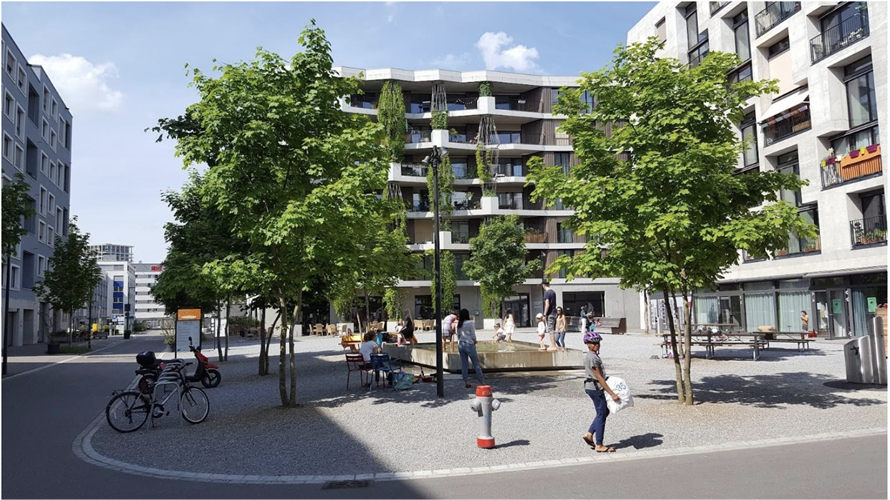To Enter
Proposals are due on 9 April 2022
Here are the ground rules:
The purpose of this year’s Community Service Fellowship is to further your understanding of the social art of architecture by facilitating your active participation in some aspect of this year's topic you have identified in your 2022 Berkeley Prize Essay competition essay.
Your proposal – as an individual or as your original two-person team - should be to formally assist an existing social housing program or project in your local community. This can include local government agencies; NGO’s in the housing field; non-profit development groups; for-profit developers working on low-income housing; architects working on an on-going specific social housing project; think tanks in the field of housing; and/or a specific program in an academic institution different from the one where you are currently pursuing your architecture degree. The work should be for a minimum 8-week duration during this year’s summer break from your university or college studies.
“Local community” means either: 1) Your university/college city or town; 2) The city or town where you have spent most of your life; or 3) The city or town you now consider your home.
Submission requirements:
A 1000-word description of the existing program or organization you hope to join as a volunteer and the specific responsibilities you will be expected to fulfill. The Fellowship proposal should include:
(a) The rationale for the proposal:
- A description of the organization or program you have selected;
- A persuasive argument why this program will benefit your local community either immediately or in the future;
- An explanation of how the opportunity furthers your Essay research;
- How this opportunity will benefit your continuing architectural education overall; and
- A note about which of your “local communities” are you proposing to work in
(b) The anticipated daily schedule and responsibilities for your volunteer activities; and
(c) Reference to published material regarding the program/organization, preferably including a website address that includes the name of a contact person.
If you are selected for the Fellowship, you will be expected to provide a letter from the head of the program/organization formally inviting you to participate.
If you are unable to identify a program or individual with whom to work, we will accept an alternate proposal that accomplishes the same goals.
___________________
NOTE: The Berkeley Prize is adamant that no student should place themselves in a situation that would unduly expose you to health risks or other ongoing dangers to your safety. The Prize Committee will reject any proposals that in the Prize’s estimation indicates that the student is putting themselves in particularly heightened risk. Prior to receiving any funding, you will be asked to submit an Indemnification form provided by the Berkeley Prize and a letter confirming that you are in adequate health to undertake the work you propose.
Individual and Team Submissions:
If you entered the Essay Competition as a team you may propose a fellowship as a team OR each member is eligible to apply for the Community Services Fellowship individually. If you choose the second option, the team member who is not the primary account holder should create a new account, then notify the administrator at info@berkeleyprize.org in order to be advanced to Semifinalist status and allowed to participate.
Awards:
The Berkeley Prize will provide a fixed stipend of 2500USD for each Community Service Fellowship that is awarded, to be paid in two installments during the course of the minimum 8-week Fellowship. If the accepted Proposal is from a two-person team, the overall stipend will be increased to 5000USD (2500USD per member).
Proposals are due on 9 April 2022.
|
|
|
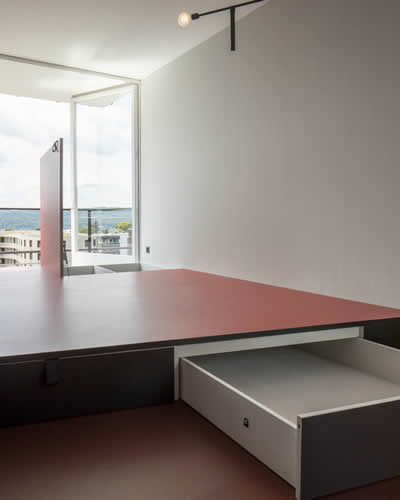 Elli Mosayebi, Edelaar Mosayebi Inderbitzin Architects (BP2022 Juror): vacancy – no vacancy project. "The two built-in platforms contain numerous storage compartments for personal belongings." (See Essay Question: Introductions by jurors.)
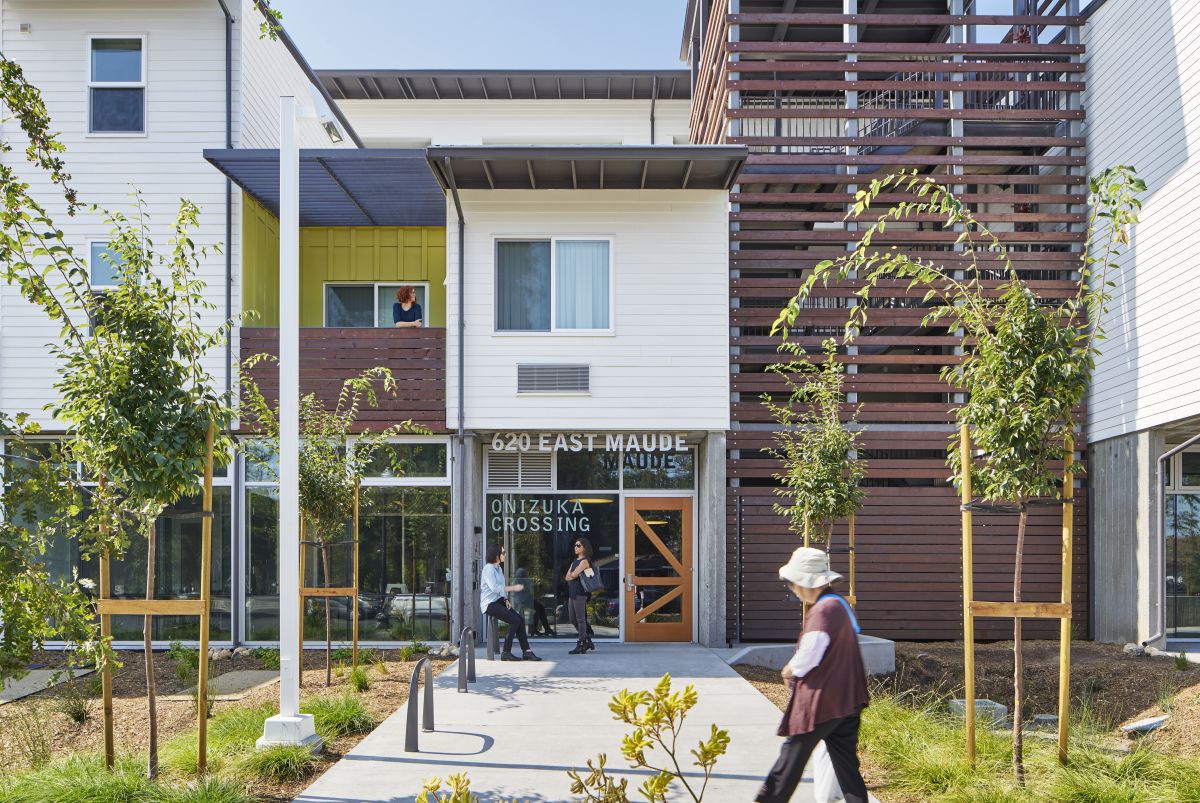 Onizuka Crossing Housing, David Baker Architects, San Francisco, 2016. The result of a partnership between MidPen Housing and the City of Sunnyvale, California, U.S.A., Onizuka Crossing provides 58 low-income working families with new, affordable rental homes in Sunnyvale, the heart of the Silicon Valley. Twenty-nine units are reserved for formerly homeless individuals and their families. (See: https://www.dbarchitect.com/project_detail/178/Onizuka%20Crossing%20Family%20Housing.html) Photo credit: ©Bruce Damonte.from DBArchitect.com.
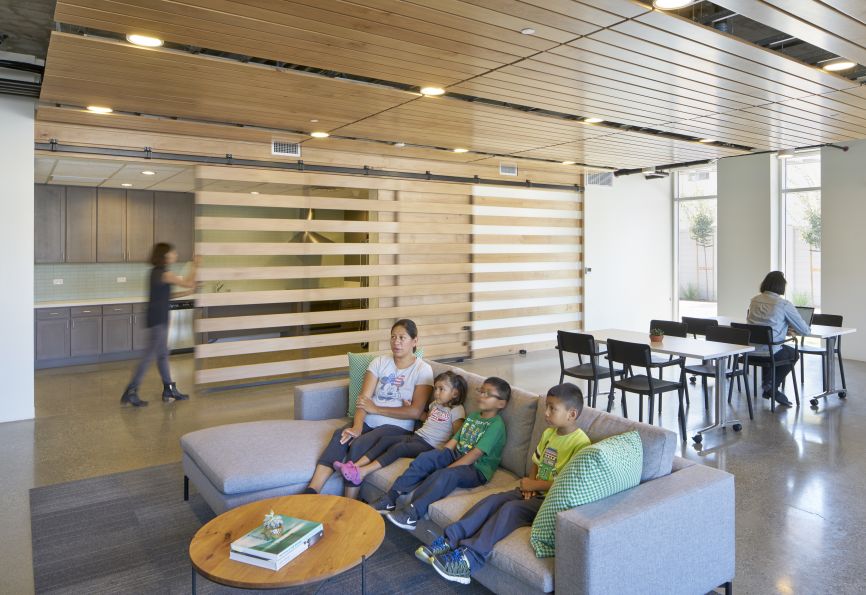 Onizuka Crossing Housing, David Baker Architects, 2016. "Former homeless residents receive extensive supportive services in collaboration with the Santa Clara County Department of Behavioral Health and the U.S. Veterans Administration Palo Alto Healthcare System... Onizuka Crossing is a prime example of infill development, transforming a U.S. National Guard armory building into supportive, permanent affordable housing." (See: https://www.dbarchitect.com/project_detail/178/Onizuka%20Crossing%20Family%20Housing.html) Photo credit: ©Bruce Damonte from DBArchitect.com.
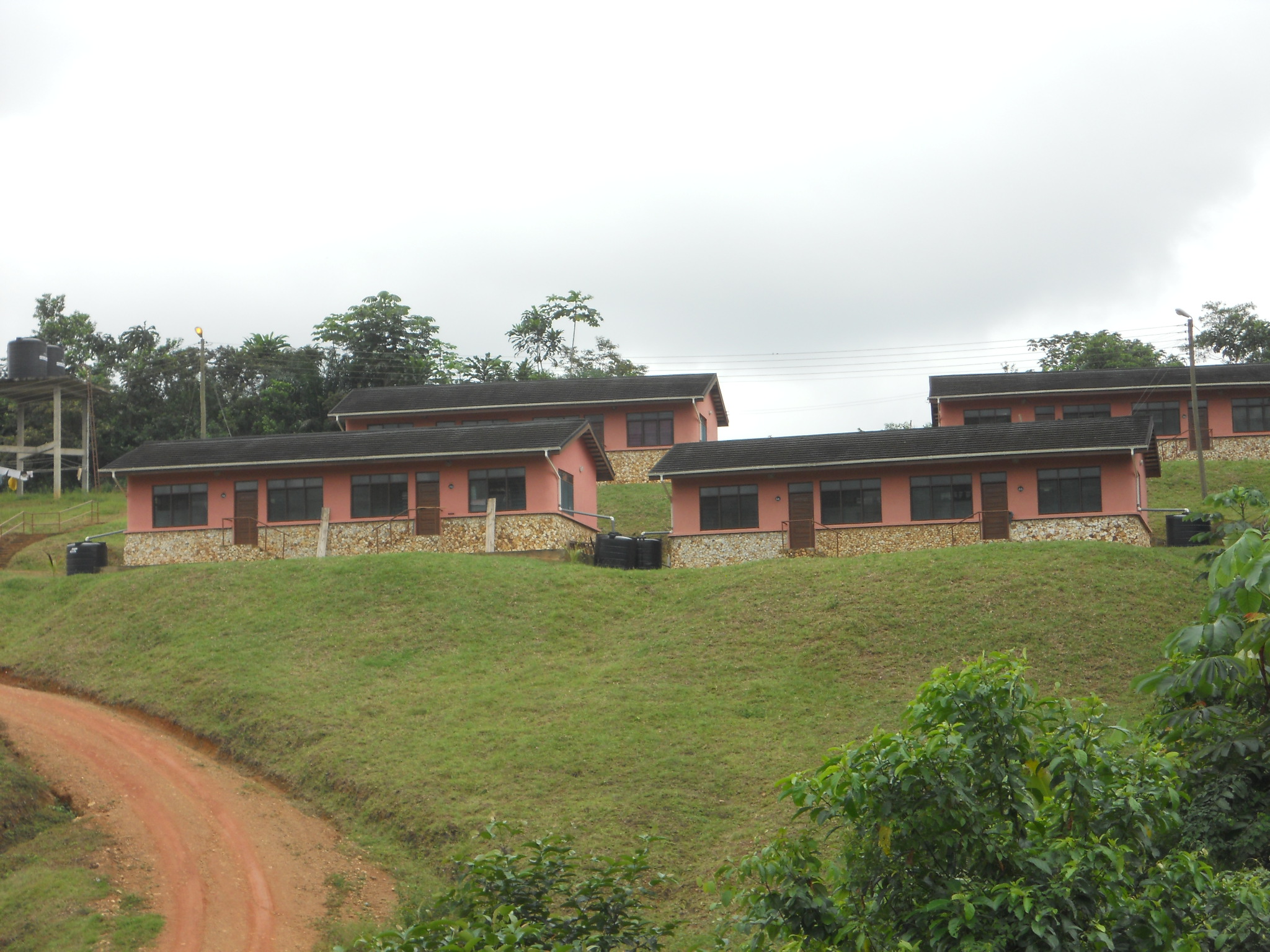 S. Tetteh + Associates Architects, Accra, Ghana. Low-cost housing project for rangers and conservation staff at the Bia and Ankasa Reserves, Juabeso-Bia district, southwest Ghana.
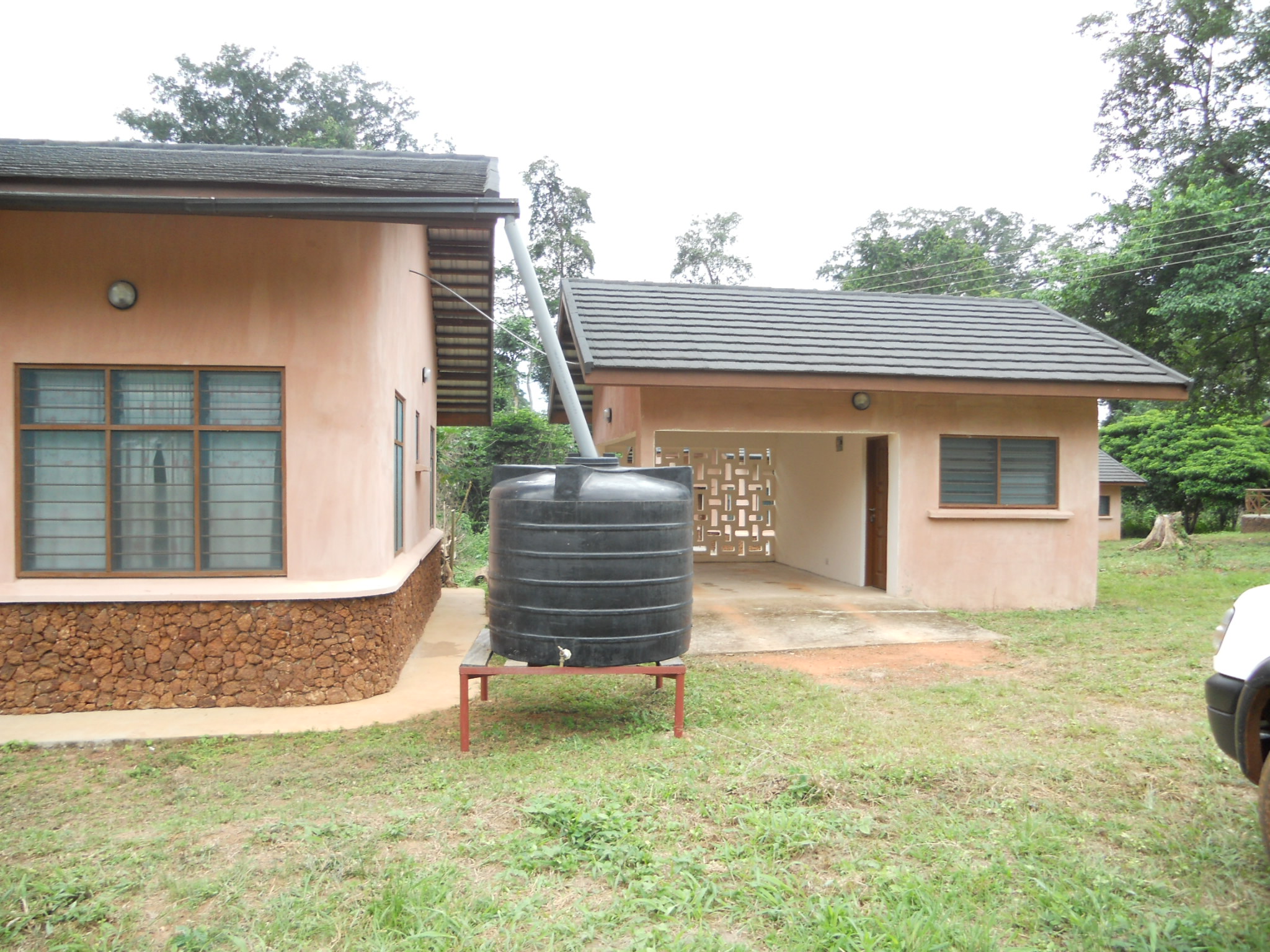 S. Tetteh + Associates Architects, Accra, Ghana. Low-cost housing project for rangers and conservation staff at the Bia and Ankasa Reserves, Juabeso-Bia district, southwest Ghana.  Fondazione Housing Sociale, Milan, Italy: The Housing Foundation developed a class to help future residents form a collaborative community in their housing development. Research by Dorit Fromm, Writer, Architect, BP2022 Juror: (See Essay Question: Introductions by jurors.)
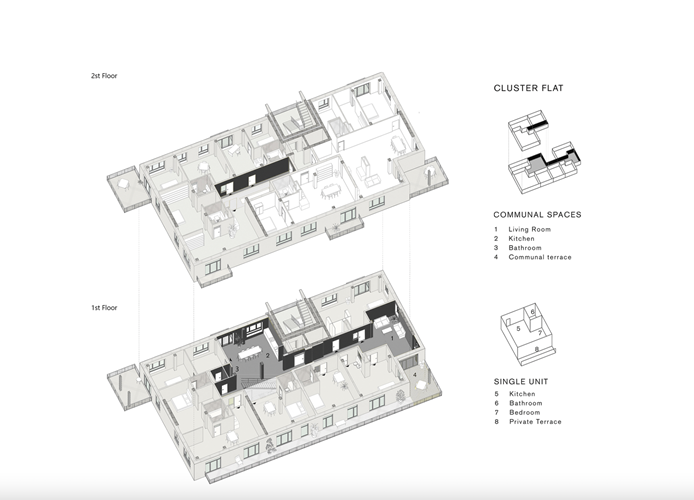 From the manual "Starting Up Communities, A Design Kit for Collaborative Housing," Fondazione Housing Sociale, Milan, Italy. Research by Dorit Fromm, Author, Architect, BP2022 Juror: (See Essay Question: Introductions by jurors.)
 Mehr als Wohnen, Switzerland: Childcare and afterschool care are located on the ground floor level of the housing, as well as a café and other neighborhood services. Research by Dorit Fromm, Author, Architect, BP2022 Juror: (See Essay Question: Introductions by jurors.)
 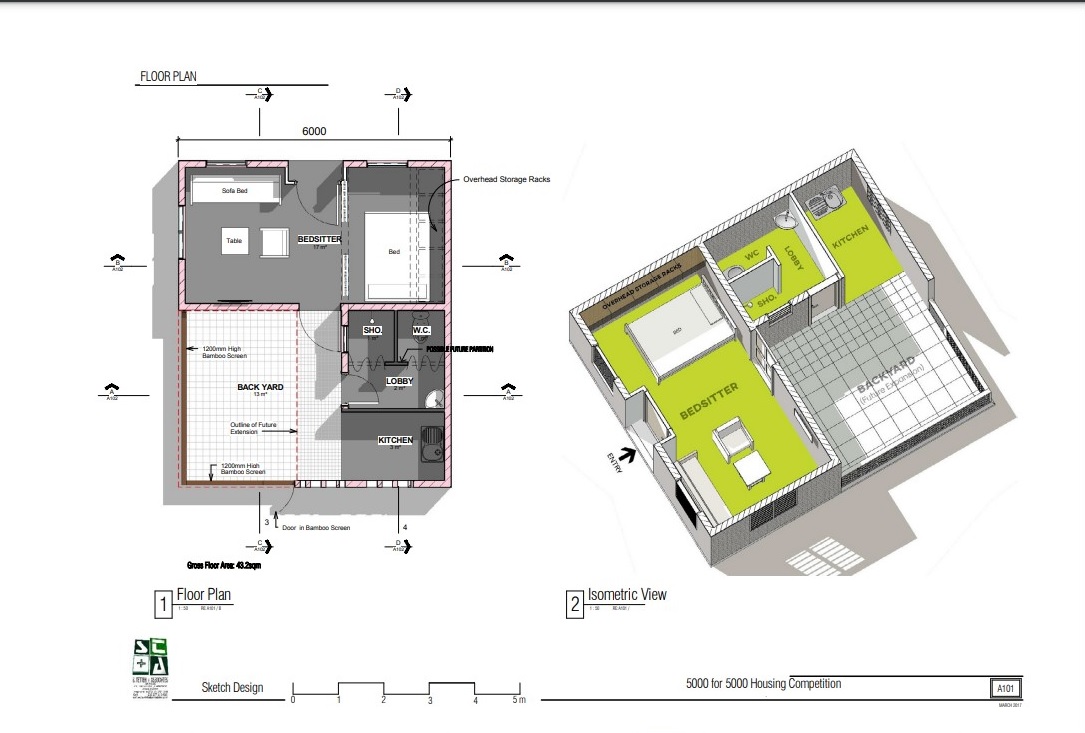 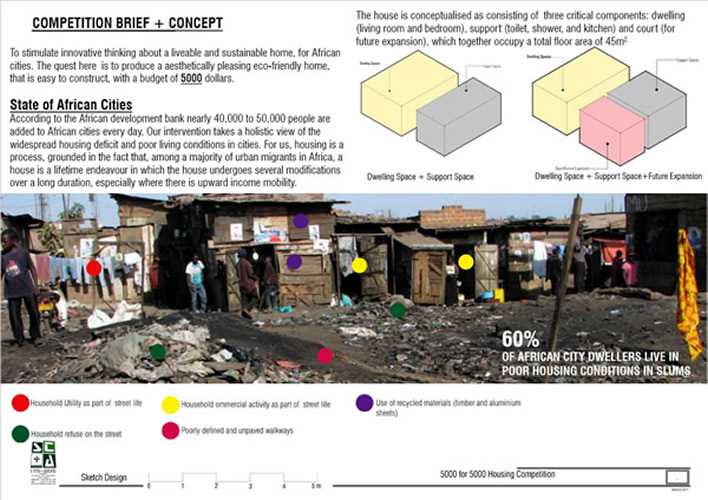  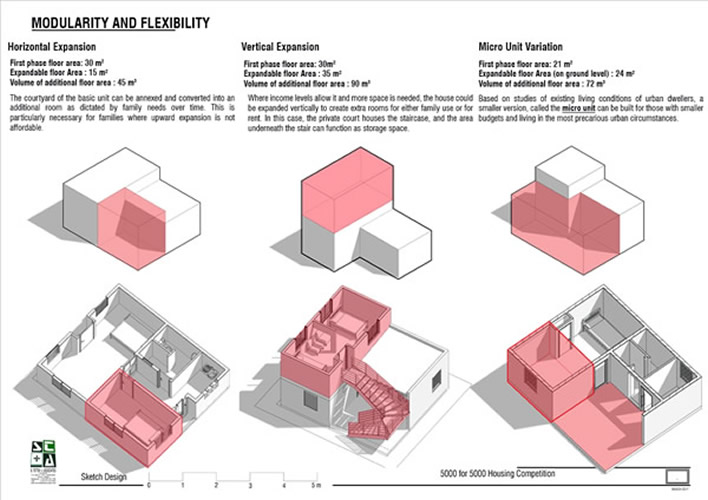 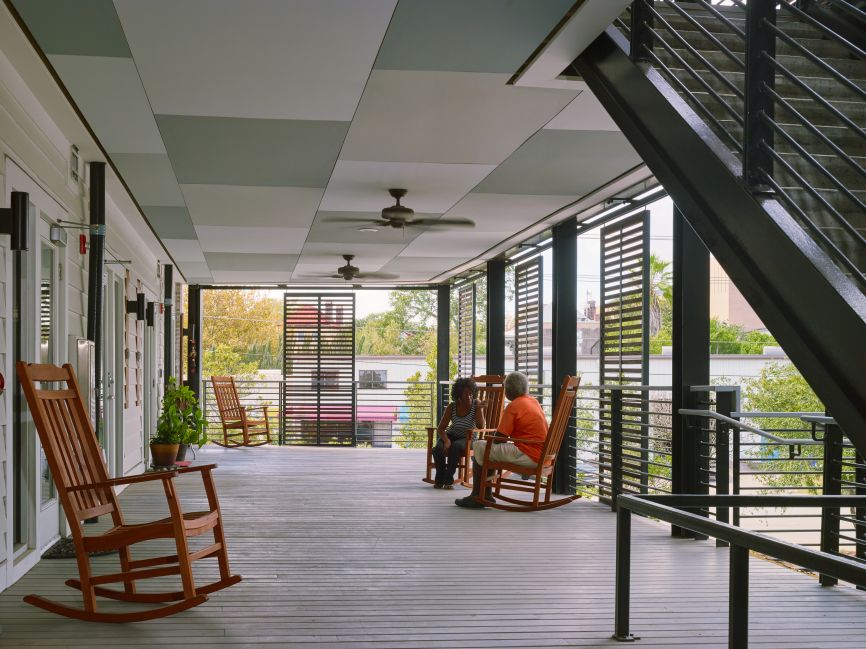 Williams Terrace, Charleston, South Carolina, U.S.A., Architect of Record, McMillan Pazdan Smith Architecture, Spartanburg, South Carolina, U.S.A. /Design Architect, David Baker Architect, San Francisco, California, U.S.A., 2017. "Williams Terrace won the 2019 American Institute of Architects/Housing and Urban Development Secretary's Housing and Community Design Award for Excellence in Affordable Housing Design. This singular nation-wide award recognizes architecture that demonstrates overall excellence in terms of design in response to both the needs and constraints of affordable housing... Wide porches that double as circulation offer places to sit, meet in passing, and personalize a bit of outdoor space." (See: https://www.dbarchitect.com/project_detail/176/Williams%20Terrace%20.html) Photo credit: Chris Luker from DBArchitect.com.
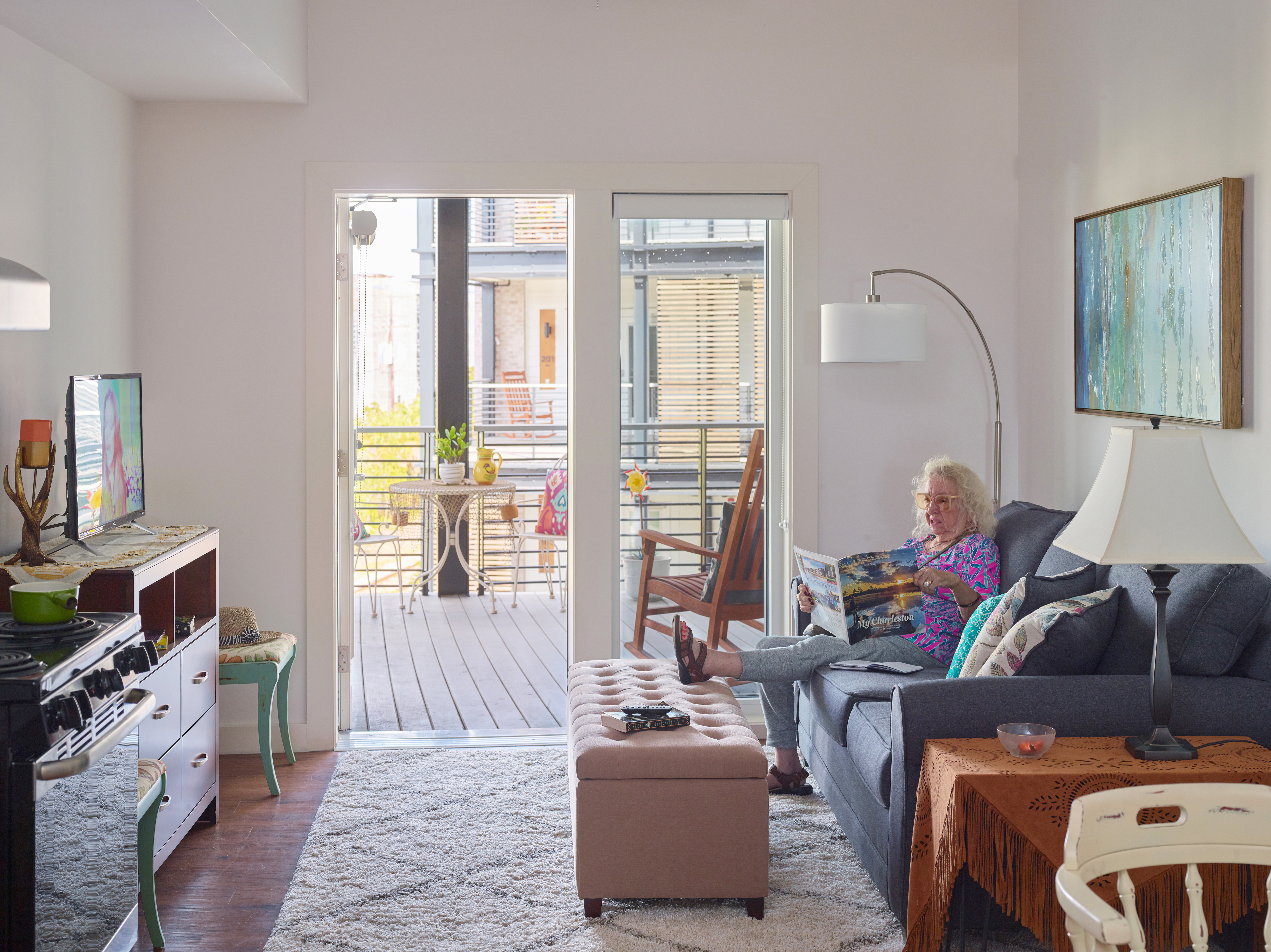 Williams Terrace, Charleston, South Carolina, U.S.A., Architect of Record, McMillan Pazdan Smith Architecture, Spartanburg, South Carolina, U.S.A. /Design Architect, David Baker Architect, San Francisco, California, U.S.A., 2017. "The design team worked closely with the Housing Authority of the City of Charleston to create a dynamic building that meets the challenges of the site—located in a high-velocity flood zone—and respects the gracious built fabric of downtown historic Charleston... Apartments connect to the wide circulation porches, which have room for some personal touches." (See: https://www.dbarchitect.com/project_detail/176/Williams%20Terrace%20.html) Photo credit: Chris Luker from DBArchitect.com.
 Vindmøllebakken, 40-unit cohousing project, Stavanger, Norway, 2019. Designed by founding architects Siv Helene Stangeland and Reinhard Kropf of Norwegian firm Helen & Hard. The architects now live in Vindmøllebakken. Photo credit: Minna Soujoki Langbord/Courtesy of Helen & Hard via Editon.CNN.com
 Vindmøllebakken, 40-unit cohousing project, Stavanger, Norway, 2019. In addition to Vindmøllebakken (see previous slide), Helen & Hard are reported to having five other cohousing projects in the works. Photo credit: Sindre Ellingsen/Courtesy of Helen & Hard via Edition.CNN.com
 Easter Hill Village, Richmond, U.S.A., 1954. Demolished, 2004. "It was the most significant public effort to provide affordable permanent housing for many families displaced by demolition of temporary World War II housing. It was the first multi-unit residential development to combine the twin themes of the planned unit development with the individuation of units... and the care given to integrating a multi-unit residential development to its site." Historic American Buildings Survey, Library of Congress, U.S.A. (See: https://www.loc.gov/item/ca3350/)
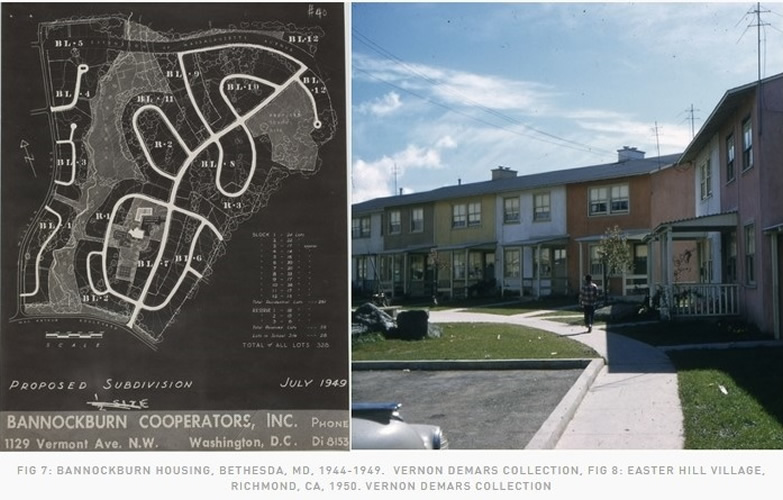 Richmond Village (formerly Easter Hill Village - see previous slide), California, U.S.A., 2008. "The goal for the …Richmond Village project was to turn 300 units of crime-ridden, run-down public housing into a vital neighborhood anchored by a community center and public open space. The development was originally built in 1954 and was a model of public housing until neglect, crime and poverty took over. The Richmond Housing Authority together with Richmond Village…residents collaborated to re-construct a vision of community. The vision included open/community space with mixed-income housing; 100% of the rental housing is affordable, with 70% allocated for public housing residents. The for-sale family homes have a mix of low, moderate and market-rate housing." (See: https://www.nibbi.com/projects/richmond-village/)
|
|

